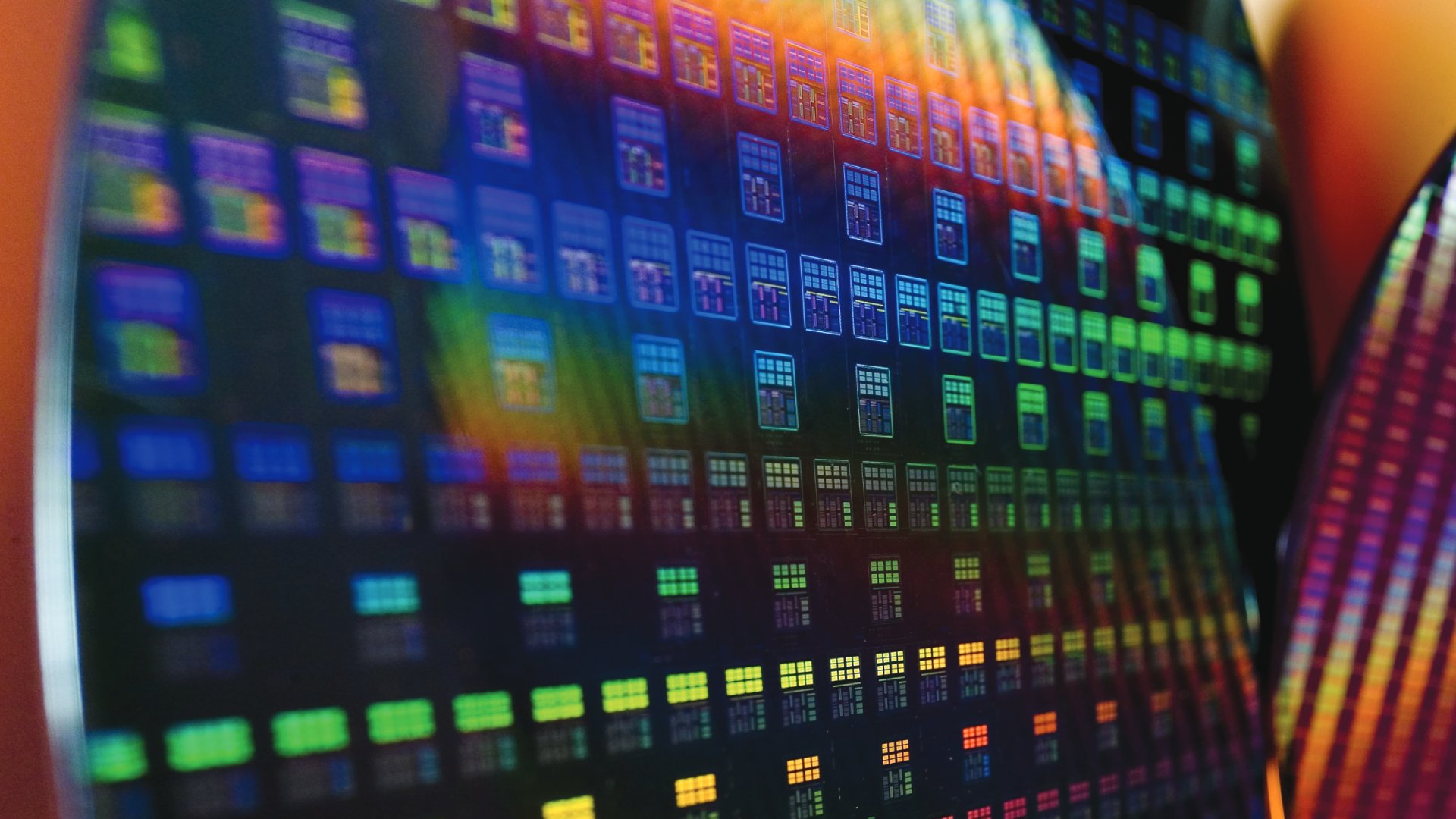Nvidia GeForce RTX 5090
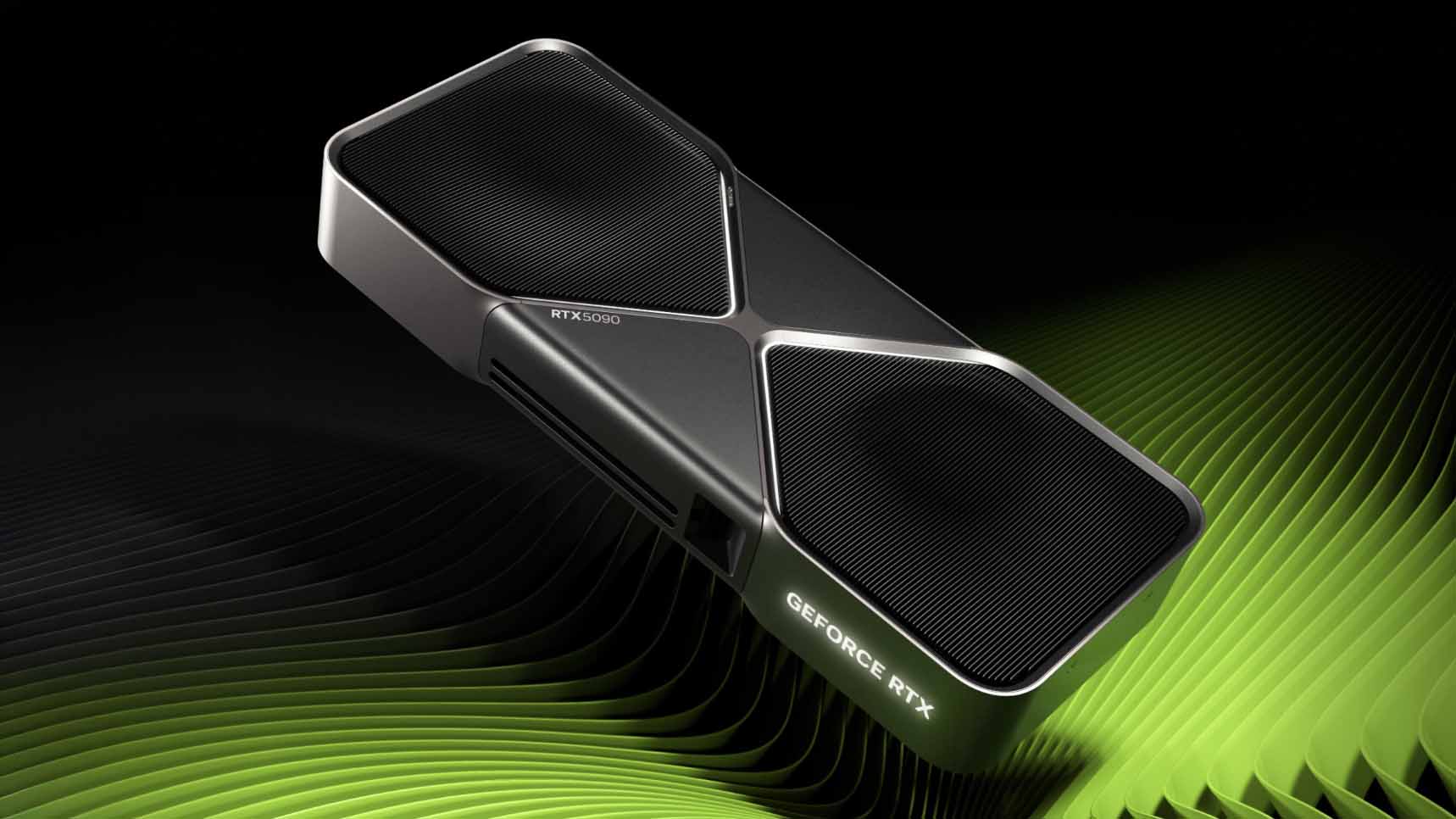
| Header Cell - Column 0 | RTX 5090 | RTX 5080 | RTX 5070 Ti | RTX 5070 |
|---|---|---|---|---|
| CUDA cores | 21760 | 10752 | 8960 | 6144 |
| Boost clock (GHz) | 2.41 | 2.62 | 2.45 | 2.51 |
| Base clock (GHz) | 2.01 | 2.3 | 2.30 | 2.16 |
| Tensor core TOPS | 3352 | 1801 | 1406 | 988 |
| Ray tracing core TFLOPS | 318 | 171 | 133 | 94 |
| Memory | 32 GB GDDR7 | 16 GB GDDR7 | 16 GB GDDR7 | 12 GB GDDR7 |
| Memory bus width | 512-bit | 256-bit | 256-bit | 192-bit |
| Total Graphics Power (watts) | 575 | 360 | 300 | 250 |
| Required system power (PSU wattage) | 1000 | 850 | 750 | 650 |
| Power connector | 1x 600 W PCIe Gen 5 OR 4x PCIe 8-pin adapter | 1x 450 W PCIe Gen 5 OR 3x PCIe 8-pin adapter | 1x 300 W PCIe Gen 5 OR 2x PCIe 8-pin adapter | 1x 300 W PCIe Gen 5 OR 2x PCIe 8-pin adapter |
| Price | $1,999 | $999 | $749 | $549 |
| Release date | Jan 30, 2025 | Jan 30, 2025 | Feb 2025 | Feb 2025 |
The RTX 5090 was announced during Nvidia's CES 2025 keynote presentation in January, along with three other new GPUs to form the vanguard of the new RTX Blackwell series of graphics cards.
As well as significantly more CUDA cores, and a healthy dollop of extra GDDR7 memory, the RTX 5090 is also able to make use of the new DLSS 4 technology, which includes Multi Frame Generation. That's a Blackwell-exclusive feature which allows the card to generate up to three subsequent frames, using the power of AI, for every one frame generated via traditional compute methods.
This is how Nvidia's able to claim the RTX 5090 will perform at twice the level of the RTX 4090. Though, mostly only in the games and apps that support DLSS 4 and Multi Frame Generation.

The RTX 5090 release date is January 30, 2025. It will come in a shiny new Founders Edition form, which is significantly slimmer than the chonky cards that formed the RTX 4090 range. I would expect AIB cards to release the following day, and with the same old big boi shrouds that were used in the previous generation.

The rumoured specifications were pretty much bang on the money, with the RTX 5090 sporting 21,760 CUDA cores and 32 GB GDDR7 memory. The only thing which has been the subject of rampant speculation, and regularly changing specification, has been the TGP numbers. That has now settled on 575 W.

Thankfully the speculation that we would be seeing a huge price rise with the new RTX 50-series GPUs has largely proved false, with no $2,000+ Founders Edition on offer. The RTX 5090 will launch at $1,999, though that is still a good deal more than the RTX 4090, and you can bet AIBs will charge around $2,500 where it can.
Latest about Nvidia GeForce RTX 5090

Varjo Aero VR headsets seem to be not working on RTX 5090s, and its community is opting for strange solutions while waiting for an Nvidia driver release to fix it
By James Bentley published
News Putting a dampener on that new card.
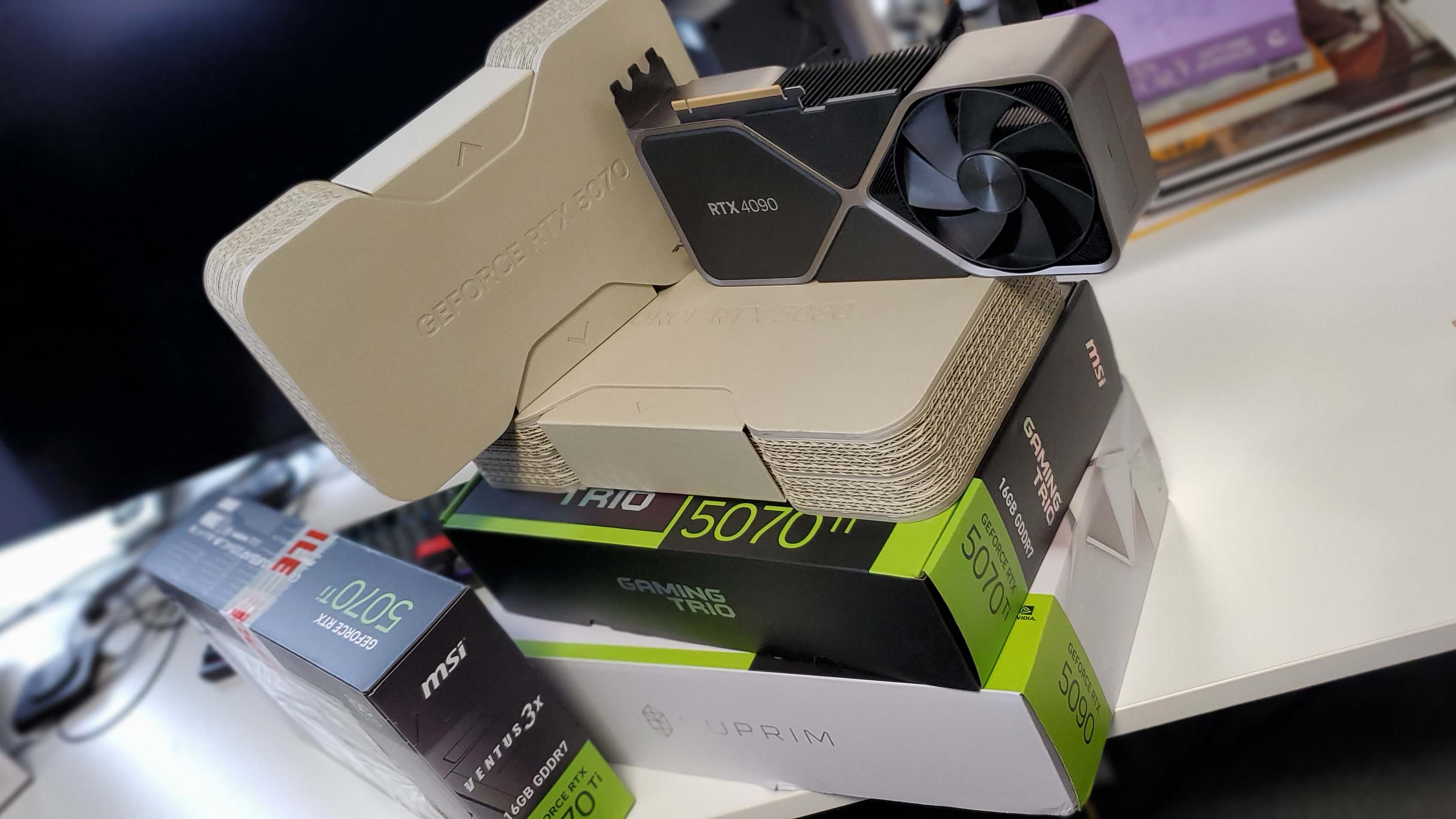
Nvidia says it's sold twice as many RTX 50-series cards as RTX 40-series in the first 5 weeks. I'd bloody well hope so given there was essentially just the RTX 4090 for competition
By Dave James published
news So, combined it sold more of four different GPUs than a single $1,600 card.

This water-cooled gaming laptop packs a full-size desktop RTX 5090 and even fits in a backpack, but I sure wouldn't want it in mine
By James Bentley published
News I'm pretty sure I saw this once as an Xbox 720 'leak'.
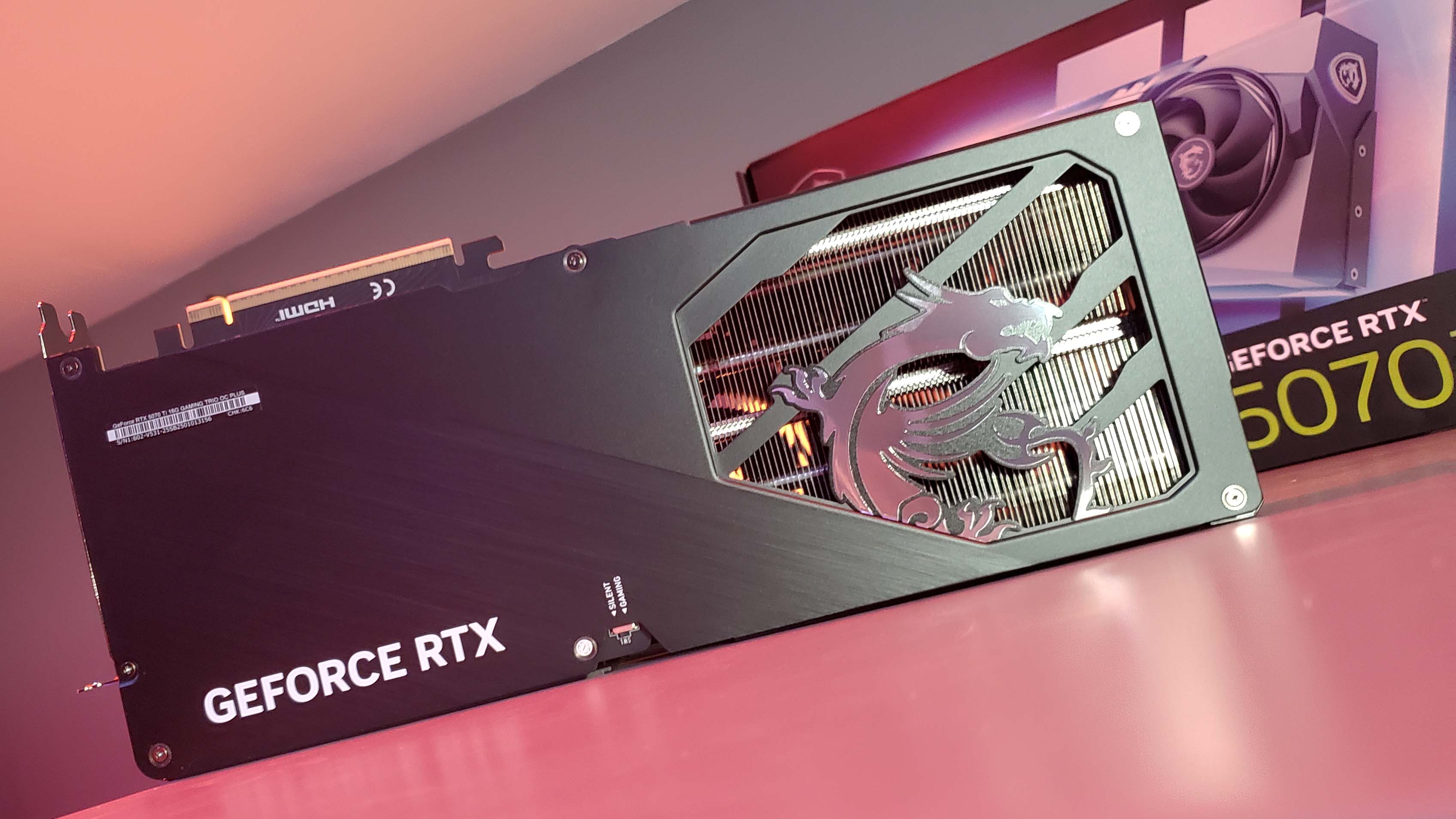
MSI pulls its MSRP RTX 50-series cards from its online store, not that we ever saw any of them in stock
By Nick Evanson published
news 'Look at me. I am the scalper now.'
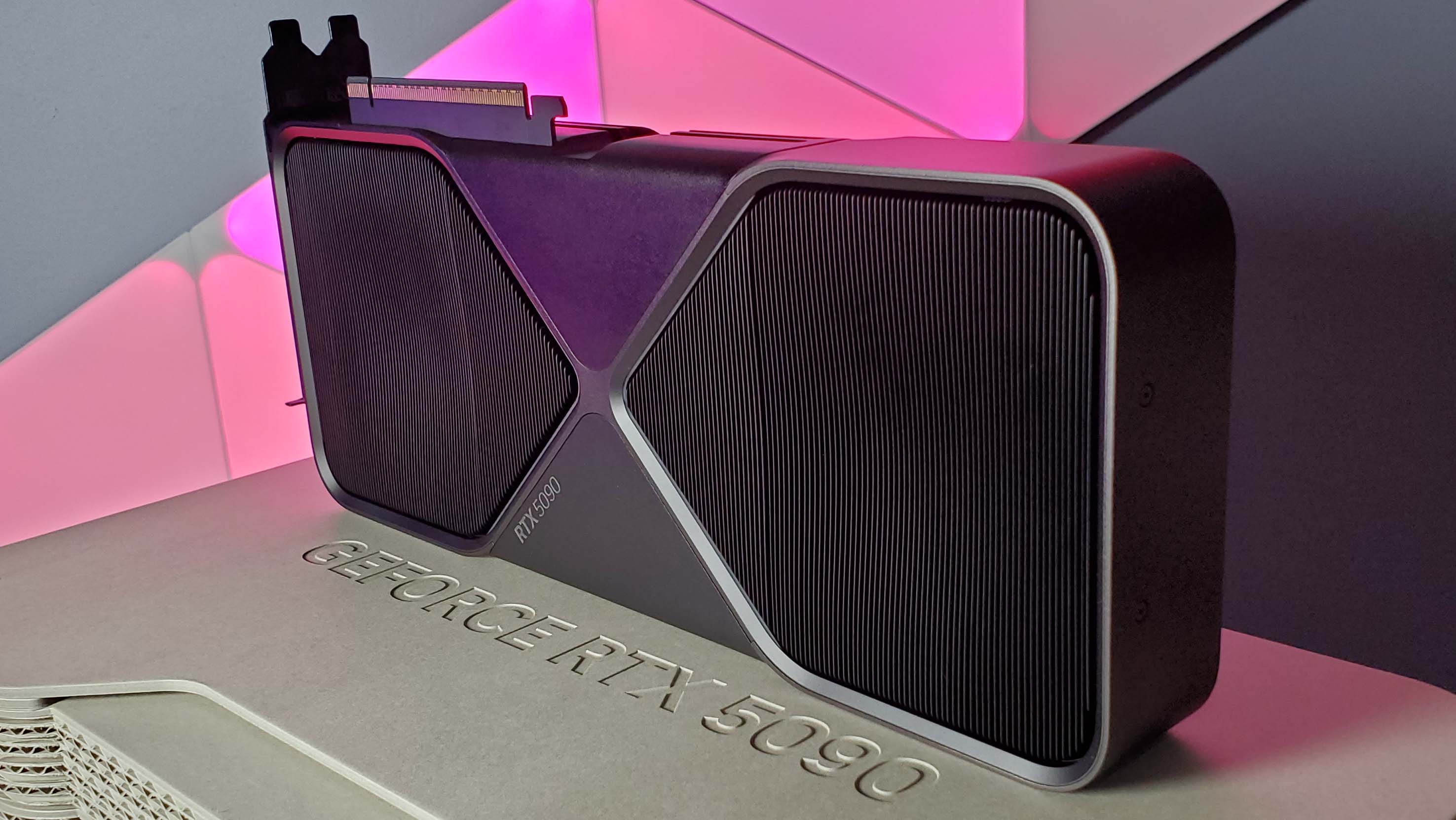
The curious tale of the missing eight: Some Nvidia RTX 50-series cards are shipping with missing ROPs in the GPU, Nvidia says only 0.5% of all cards are affected
By Nick Evanson published
news Blackwell is rapidly becoming Lackwell, if you ask me.
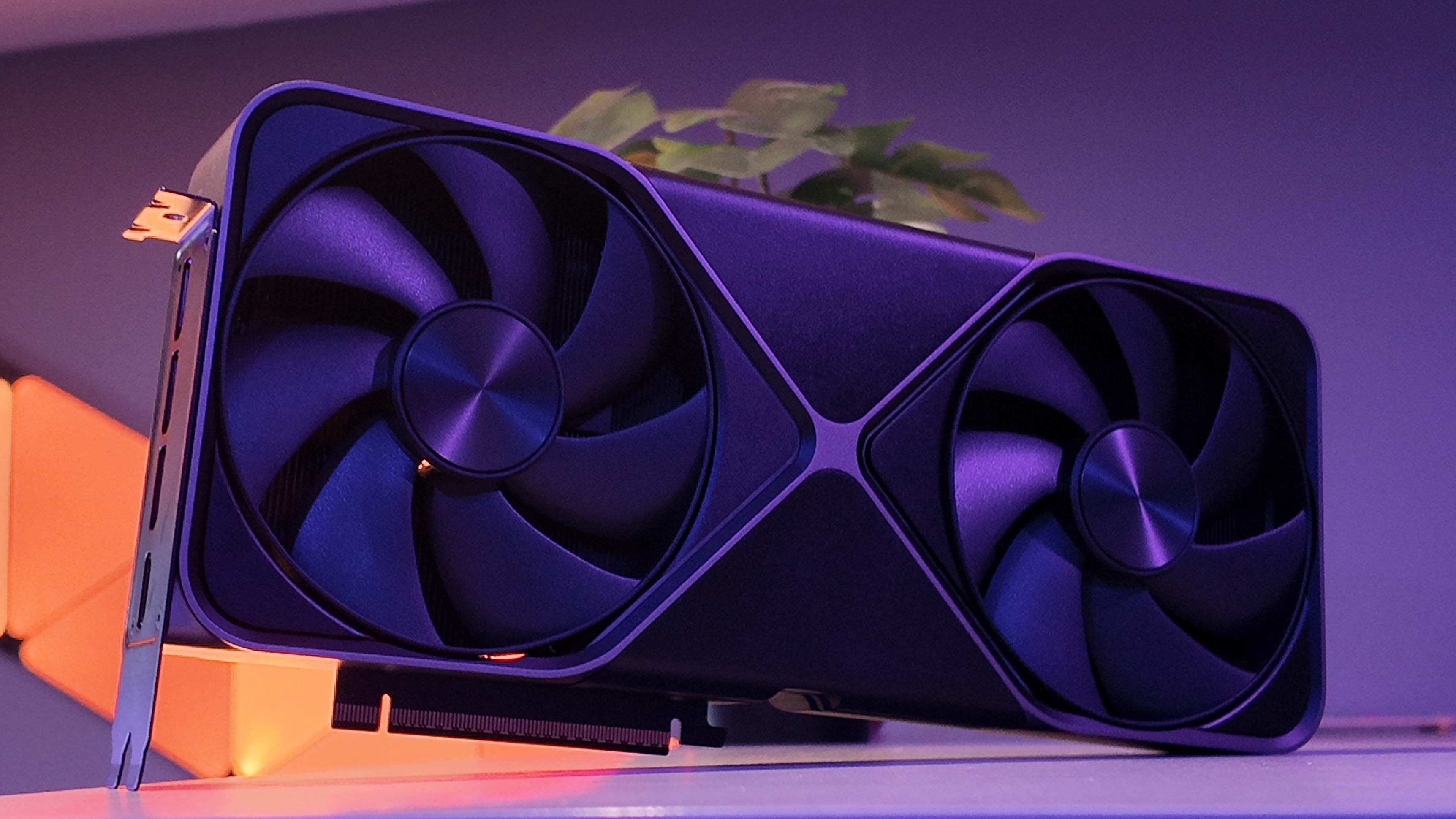
Nvidia's Verified Priority Access draw system returns to offer the chance to pay full price for RTX 5090 or RTX 5080 Founders Edition graphics cards
By Jess Kinghorn published
News May the odds be ever in your favour.

Intel is reportedly in talks to spin off its chip factories into a partnership with arch rival TSMC and now I think I've seen everything
By Jeremy Laird published
News Next week, cats and dogs living together.
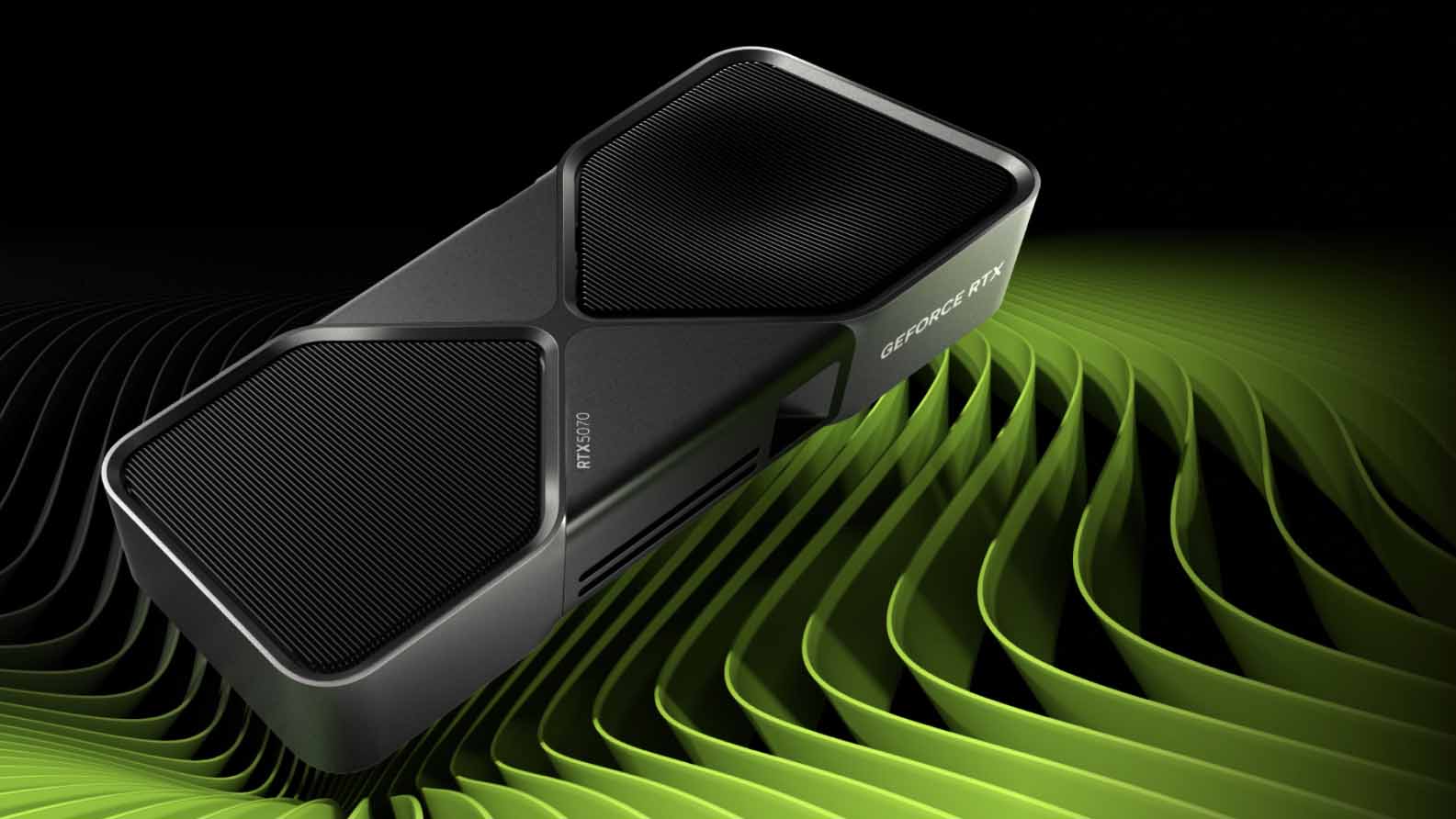
Nvidia's RTX 5070 Ti GPU officially goes on sale February 20 and the RTX 5070 is go for March 5
By Jeremy Laird published
News So, the 5070 has indeed been delayed a little.
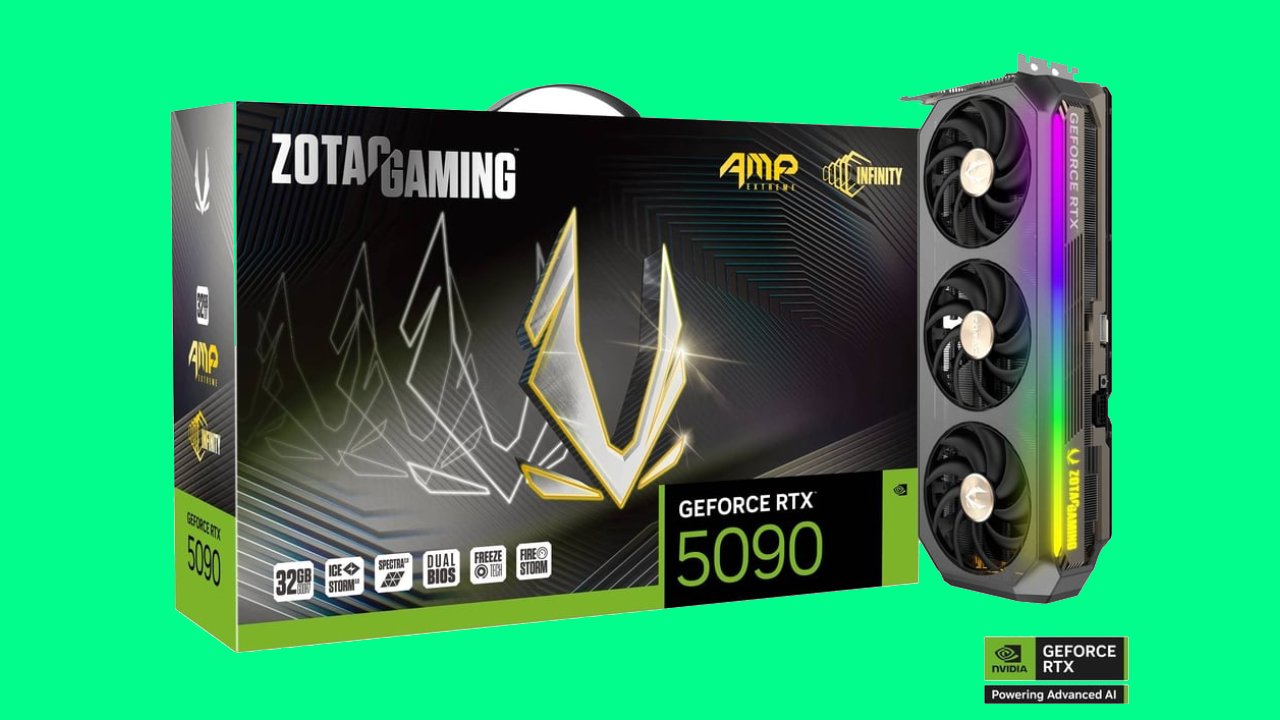
Zotac beats those dastardly GPU scalpers by selling RTX 50-series graphics cards to actual gamers courtesy of their Discord channel
By Jeremy Laird published
News So long as it's not just using this as a way to fluff its engagement numbers, and really is putting GPUs in the hands of loyal customers, we're here for it.
The biggest gaming news, reviews and hardware deals
Keep up to date with the most important stories and the best deals, as picked by the PC Gamer team.
